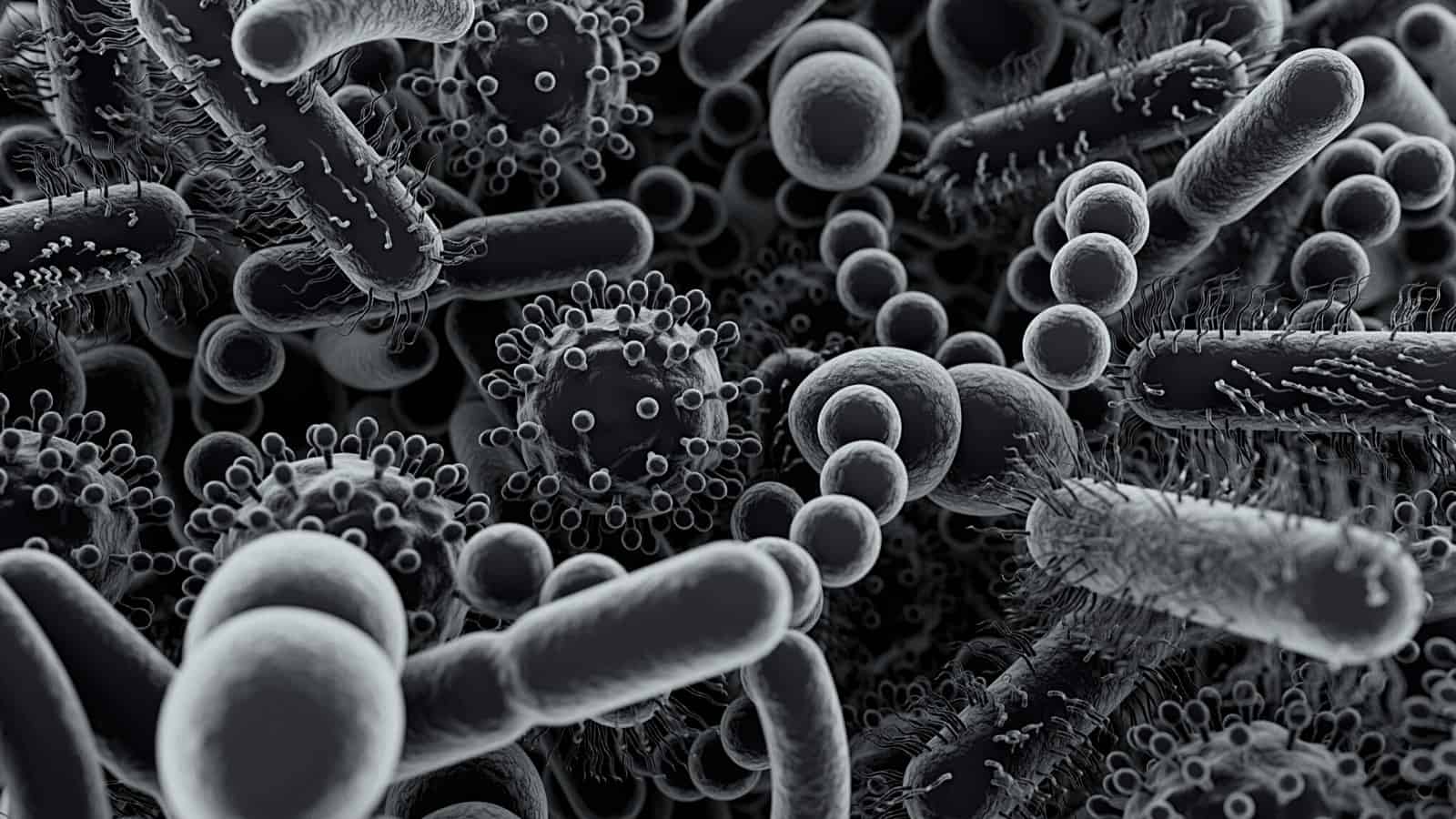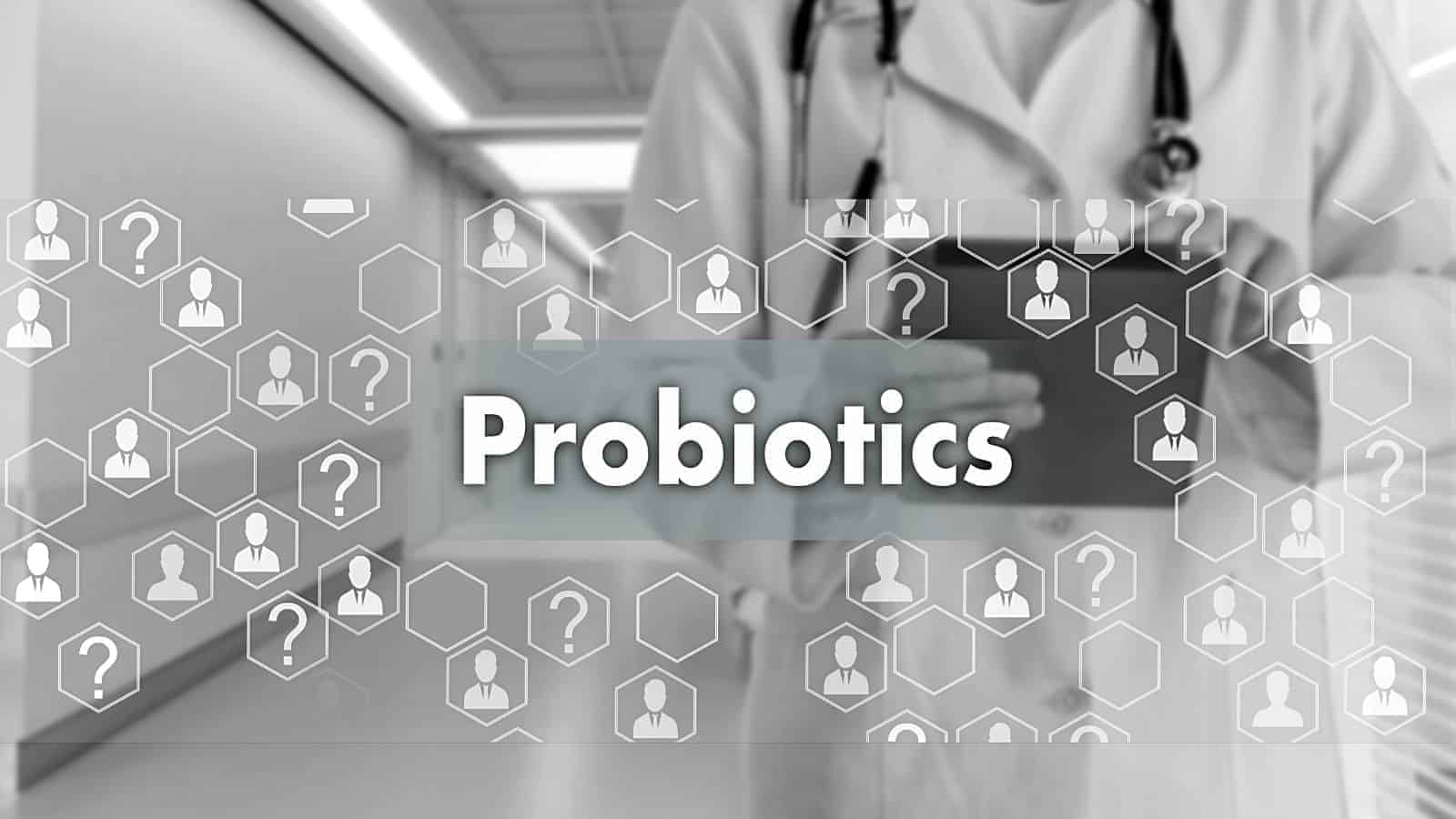Scientists began studying the gut microbiome more extensively in recent years, and have found that household chemicals decrease diversity. A team of researchers discovered a reduction in beneficial fungi and bacteria in the guts of children exposed to harmful chemicals.
This groundbreaking research was published on November 2, 2020, in Environmental Science and Technology Letters. The lead author and assistant professor in the Washington State University Department of Civil and Environmental Engineering Courtney Gardner and Duke University researchers performed this study.
Scientists hope that their research will further knowledge of how semi-volatile organic compounds impact human gut bacteria. These compounds commonly occur in most indoor environments due to their widespread use in building materials, furniture, textiles, and other everyday products. Researchers believe that SVOC’s may harm the gut microbiome and lead to a weakened immune system.
What is the gut microbiome?
The total microorganisms, including bacteria, viruses, fungi, protozoa, and their overall genetic material, make up the microbiome. The microbes in our gut help with various bodily functions, including nutrient absorption to immune system regulation. It may surprise you to know that you have more bacterial cells than human cells; technically, you’re more bacteria than human! Humans have around 40 trillion bacterial cells and 30 trillion human cells.
All these microbes may weigh as much as 2-5 pounds, around the same weight as your brain. The gut microbiome acts as a second organ and affects your health in numerous ways. A healthy gut aids in the following bodily processes:- Digesting breast milk: Some of the first bacteria known to grow inside babies’ intestines are called Bifidobacteria. These bacteria digest the sugars in breast milk, which help the baby grow.
- Digesting fiber: Certain bacteria digest fiber and produce short-chain fatty acids, which promote a healthy gut. Fiber can help prevent weight gain and diseases like diabetes, heart disease, and cancer.
- Boosting your immune system: The gut microbiome helps your immune system respond to threats better. If you get an infection, healthy gut bacteria will communicate with immune cells to mitigate the infectious cells. By communicating with immune cells, the gut microbiome can control how your body responds to infection.
- Helping control brain health: Research in the past few years suggests that the gut microbiome directly impacts the nervous system, and therefore, mental health.
Beneficial gut bacteria can also help control your weight, prevent digestive disorders, boost heart health, and lower blood sugar. However, an unhealthy gut microbiome may lead to diseases such as obesity, asthma, dementia, and more. Now that you know the importance and function of gut bacteria let’s go over the study mentioned above.
Study about household chemicals and gut bacteria
The researchers took measurements of ubiquitous semi-organic compounds in 69 toddlers’ and preschoolers’ blood and urine for the study. Then, they took fecal samples to study the children’s gut bacteria. The semi-volatile organic compounds they measured included the following:
- phthalates, found in detergents, plastic clothing such as raincoats, shower curtains, and toiletries such as soap, shampoo, and hair spray
- per- and polyfluoroalkyl substances (PFASs), found in stain- and water-repellent fabrics, coatings for carpets and furniture, nonstick cooking products, polishes, paints, and cleaning products.
Unfortunately, most people get exposed to these chemicals in their homes each day by breathing in air and dust particles. Children may ingest them when they crawl, play on carpets, or put objects in their mouths.
After taking samples from the children, they measured the levels of fungi and bacteria in their gut microbiome. They found that children with higher levels of bloodstream chemicals had a less diverse gut microbiome. Children with higher levels of PFASs in their blood showed a reduced population and diversity of bacteria. Those with higher levels of phthalates showed a reduction in fungi populations.
The research team expressed concern about these findings.
Gardner said they found the connection between everyday chemicals and fewer gut bacteria very pronounced and concerning.
“These microbes are perhaps not the main drivers and may have more subtle roles in our biology, but it might be the case that one of these microbes does have a unique function, and decreasing its levels may have significant health impacts,” she said.
Sadly, researchers discovered that children with high levels of SVOC’s in their blood also had other harmful bacteria in their gut. They found several types of bacteria that the gut uses to clean up toxic chemicals. Called dehalogenation, bacteria have been used for bioremediation to break down chemicals like cleaning solvents from the environment. However, scientists normally don’t find these in human gut bacteria.
“Finding the increased levels of these types of bacteria in the gut means that, potentially, the gut microbiome is trying to correct itself,” Gardner said.
She hopes that the information gleaned from the study will improve human health in the future. Perhaps better diagnostic tools or probiotics will become available.
“While these data do not denote causation, they offer an indication of the types of organisms that may be impacted by exposure to these compounds and provide a springboard for future research,” she said. “Gaining a more holistic understanding of the interactions between human-made chemicals, gut microbiome, and human health is a critical step in advancing public health.”
Final thoughts on the link between the decreased gut microbiome and everyday chemicals
Consumer advocate groups lobbied to issue warnings about the dangers of our household cleaners and building materials. Companies may not have known about the risks when creating these products, but now, consumers have to deal with the consequences. Unfortunately, these chemicals have the potential to interfere with our gut health and disrupt our natural microbiome.
In a recent study, scientists found that children who had high levels of SVOC’s in their blood showed decreased gut bacteria diversity. This means they will have a harder time fighting off disease and infection. The researchers hope that more options for increasing diversity and the number of gut bacteria will become available in the future.
















 Community
Community

